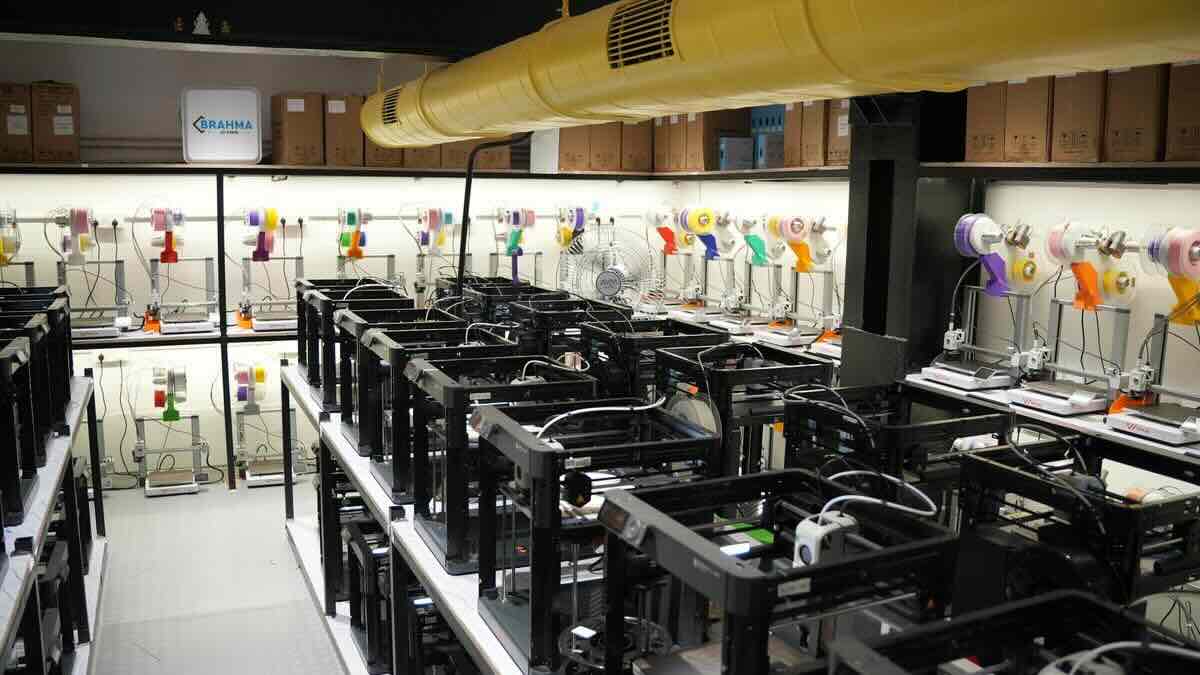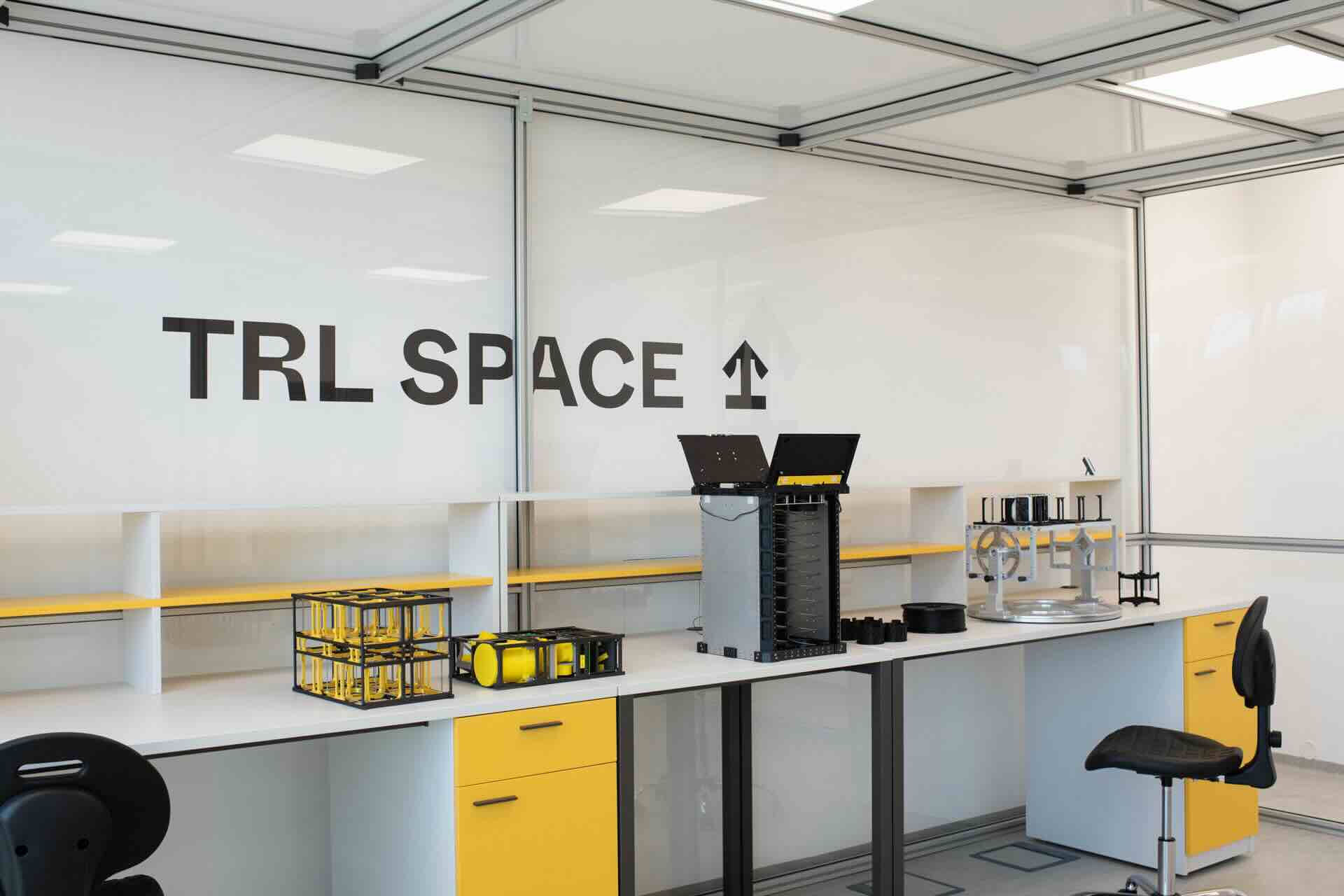Agnikul Cosmos, a Chennai-based space technology Startup, has achieved a historic milestone by developing the world’s largest single-piece 3D printed rocket engine made from Inconel superalloy. This ground-breaking achievement demonstrates significant advancement in additive manufacturing technology for aerospace applications and has earned the company a prestigious patent in the United States.
The revolutionary one-meter-long engine is manufactured as a complete, integrated structure without any welds, joints, or fasteners from fuel entry to plume exit. This manufacturing approach eliminates common failure points found in traditional assembled rocket engines while significantly reducing production complexity, time, and enhancing structural integrity.
World’s Largest Single-Piece 3D Printed Rocket Engine

The Inconel-based engine represents a significant leap forward in 3D printing applications for the aerospace industry. By utilising additive manufacturing technology, Agnikul has overcome the traditional challenges associated with rocket engine production, which typically involves assembling hundreds of separate components that each present potential failure points.
The use of Inconel, a high-performance nickel-chromium-based superalloy, enables the engine to withstand extreme temperatures, corrosion, and mechanical stress—critical properties for rocket propulsion systems operating in harsh launch conditions. This single-piece manufacturing process not only streamlines production but also enhances the engine’s durability and performance characteristics.
This achievement builds upon Agnikul’s earlier successes in 3D printing technology, including the development of Agnilet, the world’s first single-piece 3D printed rocket engine that was successfully test-fired in 2022. The company has now scaled this technology to create a significantly larger and more complex engine, pushing the boundaries of what’s possible with additive manufacturing for space applications.
US Patent Recognition

In a significant validation of its technological innovation, Agnikul has secured a United States patent for the single-piece 3D printed rocket design and manufacturing process of its single-piece rocket engine. This recognition from one of the world’s leading space technology nations underscores the significance of Agnikul’s contribution to rocket propulsion systems.
“Means something to have a completely Indian origin design patented in the US – a nation that has built some of the most complex engines in this industry,” stated Agnikul in their announcement. This patent protection not only safeguards the company’s intellectual property but also strengthens India’s growing presence in the global space technology ecosystem.
The achievement has drawn praise from prominent figures in the Indian business community, including Mahindra Group Chairman Anand Mahindra, who is an investor in the startup. “Bravo! And this makes me even prouder to be an investor,” Mahindra commented on social media following the announcement.
Advancing India’s Private Space Sector
Founded in 2017 at the Indian Institute of Technology (IIT) Madras, Agnikul Cosmos has rapidly established itself as a pioneer in India’s growing private space sector. The company operates from the National Centre for Combustion Research Development (NCCRD) at IIT Madras and has created India’s first private rocket factory capable of building launch vehicles from start to finish under one roof.
This latest development comes as Agnikul prepares for the launch of its Agnibaan rocket, which will utilise the company’s innovative propulsion technology. The rocket aims to provide cost-effective and flexible launch services for small satellites, with the company’s 3D printing capabilities enabling rapid customisation and manufacturing.
Agnikul’s breakthrough manufacturing process has significant implications for the broader space industry, potentially influencing how rocket engines are designed and produced globally. As additive manufacturing technology continues to mature, more aerospace companies may follow Agnikul’s lead in developing single-piece components that reduce complexity and increase reliability.
About Manufactur3D: Manufactur3D is an online magazine on 3D Printing. Visit our Indian Scenario page for more updates on 3D Printing News from India. To stay up-to-date about the latest happenings in the 3D printing world, like us on Facebook or follow us on LinkedIn and Twitter.












